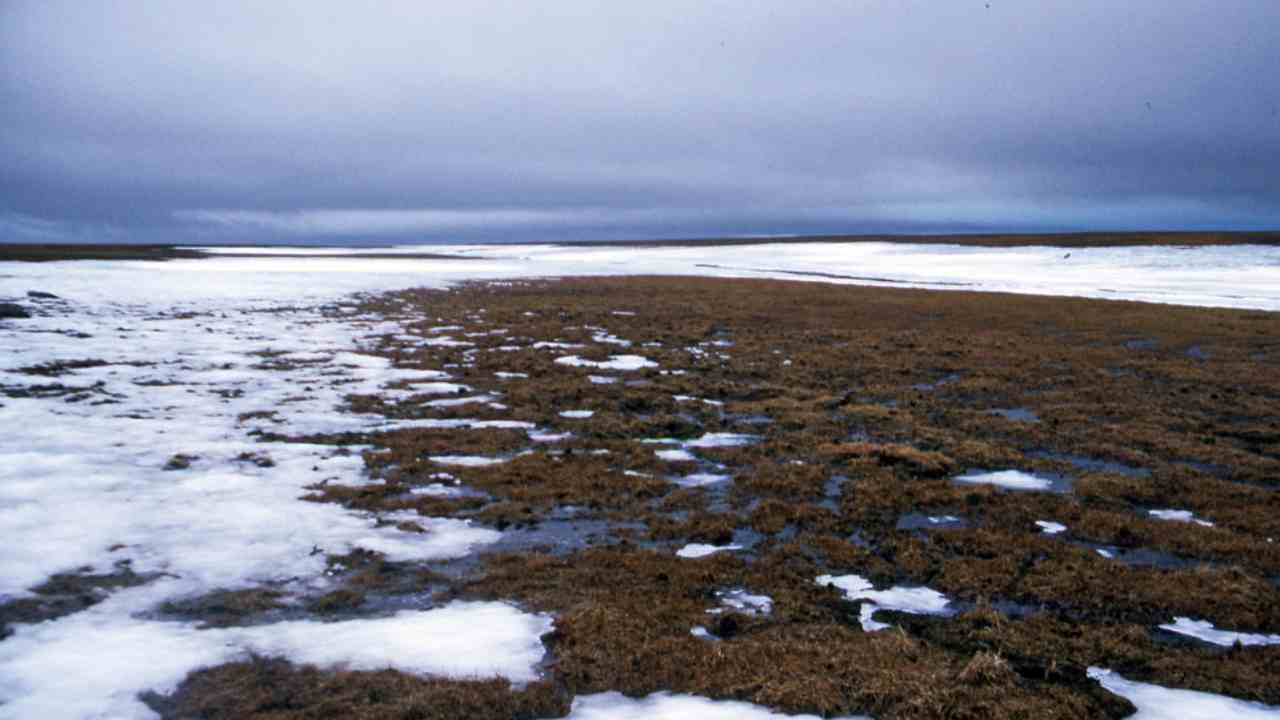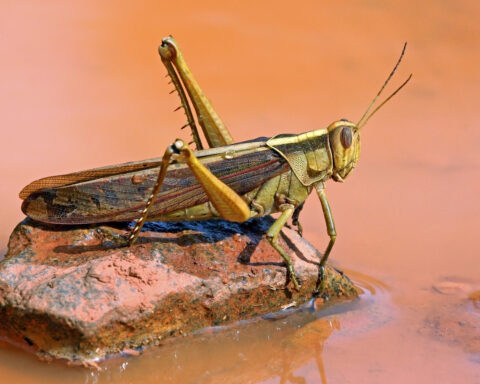Global warming is threatening the existence of the Siberian tundra and the frozen land near the Arctic Circle, shows a new research.
Researchers at the Alfred Weisner Institute for Polar and Marine Research in Germany have created a computer simulation of how global warming may be affecting the tundra – a specialised ecosystem made up of dwarf shrubs, sedges, grasses, dwarf algae and lichens. It said the tundra could disappear by the middle of the millennium if the rapid rise in temperature continues. The report said that only 30 percent of today’s tundra can be saved. This is bound to have dire consequences for the planet.
Tundra soils are rich in nitrogen and phosphorus, and frozen soils contain large amounts of organic matter stored in the form of methane, which serves as a carbon sink for the planet. But due to global warming, the temperature of the Arctic is increasing rapidly. As a result, the treeline of the Siberian larch forest continues to move north as the tundra encroaches on biodiversity. As the tundra disappears over the next few decades, a huge carbon sink for the planet will also disappear.
Researchers say that only a consistent system of climate protection would allow about 30 percent of the Siberian tundra to survive until the middle of the millennium. In all other cases, under less favourable conditions, the unique habitat is likely to disappear altogether. They published their findings in the journal eLife.
“For the Arctic Ocean and sea ice, current and future warming will have dire consequences,” said study co-author Professor Ulrich Harzsuh. “Worst case scenario, there will be virtually no tundra by the middle of the millennium.”





























